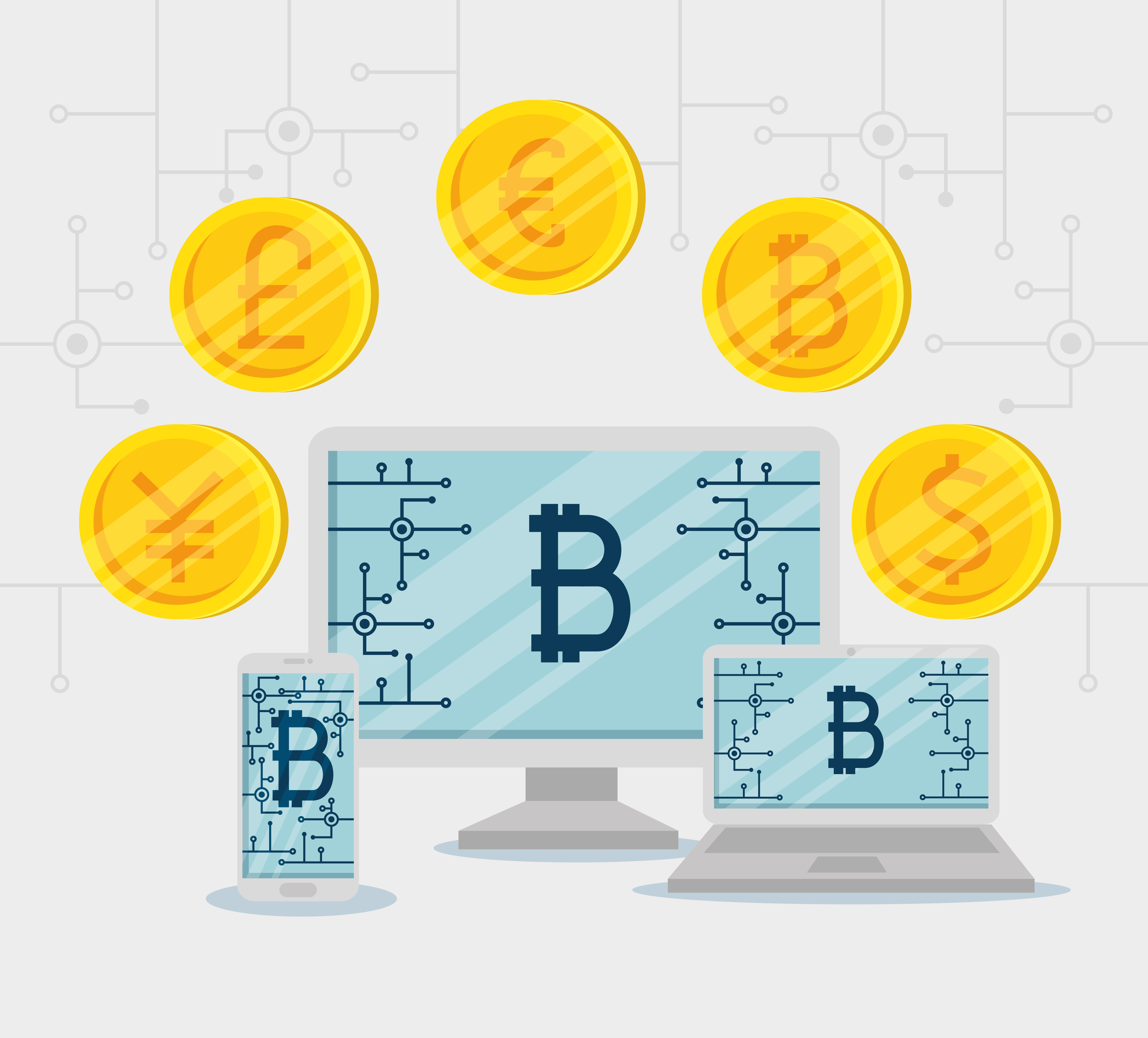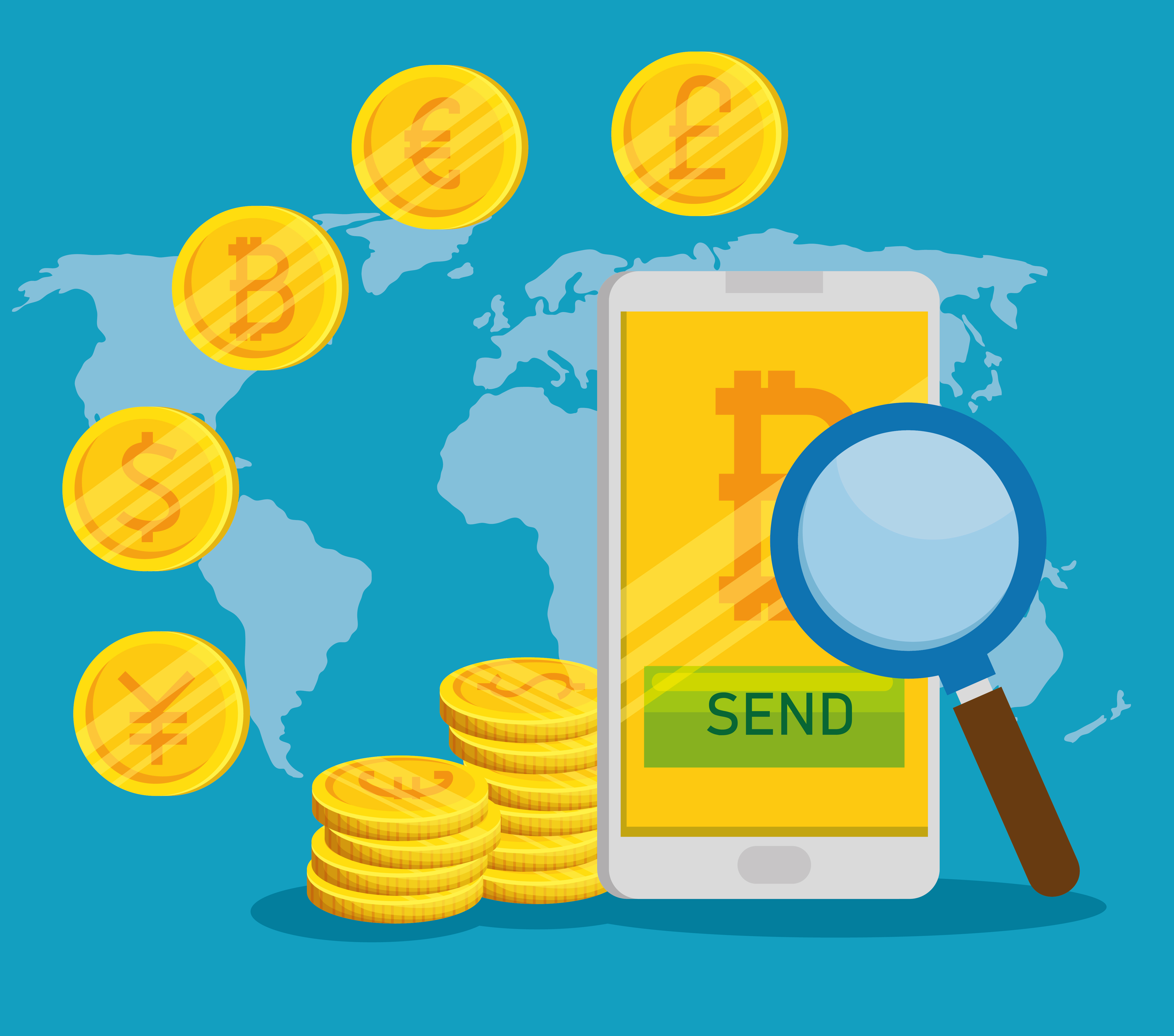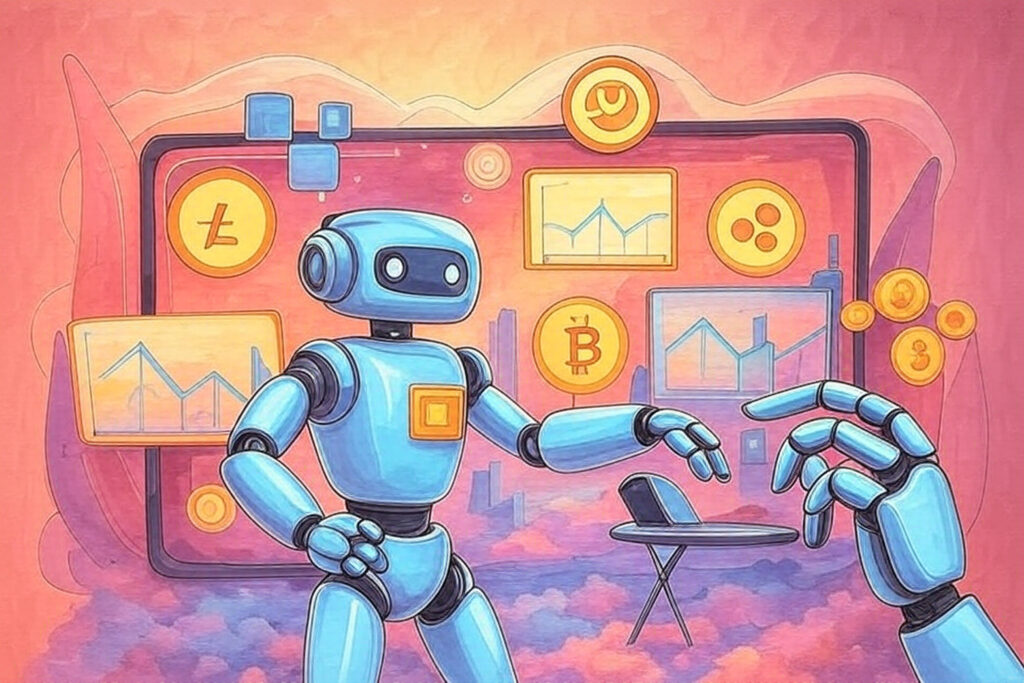Stablecoins quickly increased as one of the most promising breakthroughs in the world of cryptocurrencies. It is neither traditional currency nor the first thing that comes to mind thinking about crypto; Instead, they represent a unique mix of both worlds, combining Fiat’s stability with the innovation of digital assets.
In a market often known for wild price oscillations, Stablecoins offer fresh air, allowing practical use of cryptocurrencies for payments and real world trade. The real question is as follows: are the stablecoins intended to put the crypto in daily use and to unlock their full potential for the masses?


Setablescoin regulations: how global rules stimulate adoption
Regulators from around the world intensify to define clear rules for stabbed, signaling increasing maturity of the market and increasing confidence of the main financial institutions. Recent legislative efforts through several jurisdictions are aimed at establishing business standards such as complete reserves, audits and license requirements, encouraging banks and asset managers to be more interesting with stablecoins.
These coordinated global movements go beyond the simple politics updates; They throw the foundations of the stablecoins to pass assets of niche cryptography to the trusted pillars of the future financial ecosystem. The regulators and leaders of the industry thus bring the cryptocurrencies closer to daily users and integrate them into daily financial life.


Corporations and banks adopting stablescoins: a paradigm shift
The adoption of stablecoins by large companies and banks marks an important turning point and, in some respects, a paradox. Once considered an enemy of decentralized finance, these institutions now seem to concede and join the movement to which they have resisted – what you do not control – can finally win.
Retail giants such as Walmart and Amazon would have explored their Stablecoin initiatives to rationalize payments and promote more in -depth commitment of customers. On the banking side, institutions like Bank of America, Jpmorgan Chase and Citigroup develop or assess stablecoins to integrate user -friendly services into their offers.
Western Union also experiences stablecoin solutions to reduce transfer costs and increase transaction speed, especially in emerging markets with volatile currencies.
They all realize that remaining competitive means adapting to the latest changes in global finance. These corporate interests point out that stablescoins pass from speculative assets to functional assets in the form of money capable of managing daily transactions between orders and demographic data.
There is also a sociological dimension to the embrace of companies and institutional stablecoins. The established institutions provide an inherent confidence that can alleviate skepticism surrounding cryptocurrencies.
By connecting ecunines to familiar brands and regulated banks, these digital tokens can overcome the cultural and psychological obstacles which have a limited crypto adoption, finally integrating digital currencies into the fabric of world trade.


Stablecoins and mounted IA -centered savings
Stablecoins are increasingly becoming the financial backbone of economic systems fueled by AI. As AI agents Win autonomy to transform, negotiate and perform tasks in the name of individuals and businesses, they require a reliable, programmable and instantly liquid currency.
The Stablecoins fulfill this role perfectly, offering an almost instantaneous regulation, low transaction costs and transparent operations and without confidence on blockchain networks.
In the “autonomous” emerging economy, stablecoins can be the favorite currency for a future where machines transacte independently. The integration of programmable money at AI can redefine the architecture of trade and governance. Such powerful synergy laid the basics of economic systems that operate 24 hours a day without human intervention.
While AI technology continues to advance quickly, the demand for stablecoins as ideal ‘AI money“Probably accelerated, which more stimulates the adoption of cryptography in all industries.


The bridge between crypto and fiat economies
From the point of view of financial philosophy, the stablecoins represent an attempt to summarize the advantages of decentralization with stability and confidence associated with fiduciary money. They aim to combine the freedom and programmability of the blockchain with the insurance of stable value, thus reducing the entrance barriers for a wider audience.
Globally, stablecoins have the potential to revolutionize cross -border payments, in particular countries benefiting unstable currencies and limited access to traditional bank.
Sociologically, stablecoins could redefine the way companies perceive money and confidence. Getting away from the centralized authorities controlling the currency program, these tokens use transparent blockchain books that anyone can check. Change questions traditional power structures and calls for new forms of economic participation according to openness and accessibility.
However, the challenges remain: Stablecoins must navigate a regulatory examination, develop a secure infrastructure and educate users around the world. The future will depend on the balance of innovation, security and societal acceptance – it seems that we are still in the early stages.
Perhaps stablecoins are not only another financial innovation, but a mirror reflecting our exchange relationship with money, confidence and control. If the value we exchang does not come from paper, metal or even banks, but from code, AI and consensus, then perhaps the real question is whether their ascent marks the start of a new financial reality – or something that we have not yet understood.
Do you want to know more about AI, technology and digital diplomacy? If necessary, Ask our Chatbot Diplo!


